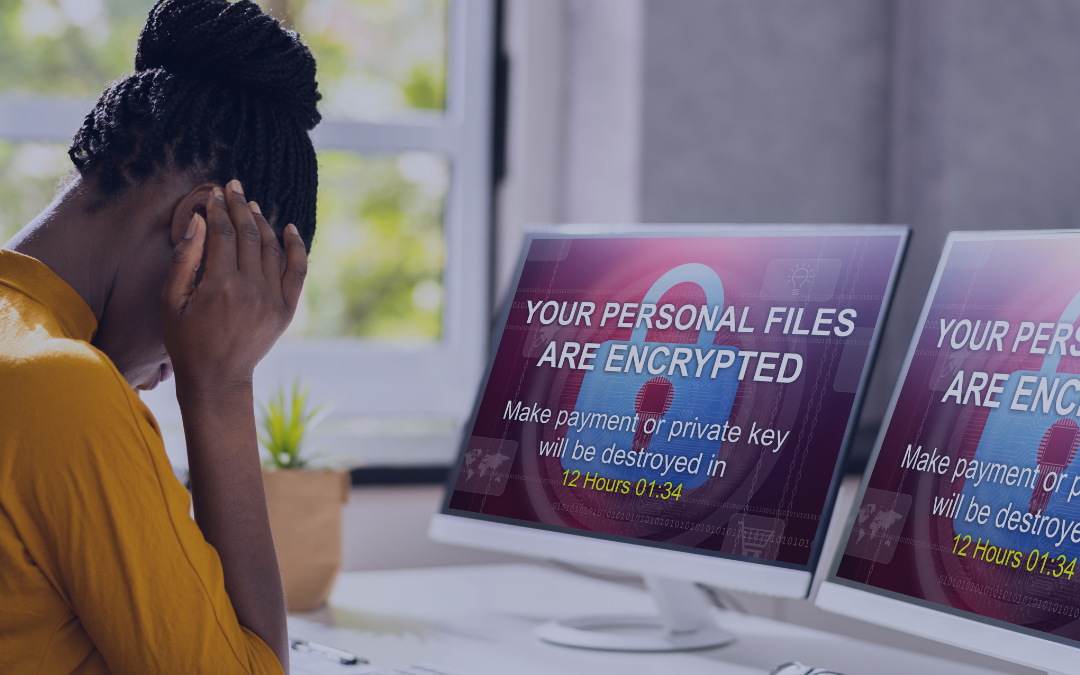In mid-October, a data breach involving medical transcription service provider Perry Johnson & Associates (PJ&A) sent shockwaves through the healthcare industry. PJ&A, known for assisting prominent healthcare providers like Cook County Health and Northwell Health, found itself at the center of a cybersecurity crisis with far-reaching implications.
How Did the Attack Unfold?
The breach was a hacking incident targeting PJ&A’s network server. Unauthorized access allowed the bad actors to copy files from PJ&A systems, sparking investigations and raising concerns about the extent of the breach. Despite initial estimates, the true scale of the breach surpassed expectations, leaving many questions unanswered about the attackers’ methods.
It’s unclear how the hackers will use the data from PJ&A’s breach or who the attackers are. The DHS report indicates that almost 9 million people – 8,952,212 patients – could be affected by the breach. Nearly half of those whose information was exposed don’t know about the incident, putting them at risk of having their information exploited before they realize it’s been compromised. Organizations continue to investigate the extent of the breach, delaying notifications until they can reach all affected people at once.
PJ&A’s Response and Ongoing Investigations
PJ&A’s acknowledgment of the breach came after Northwell Health’s consumer notice outlined a timeline of events, shedding light on the duration of the attack. While PJ&A took swift action upon discovery, the breach had already impacted millions of patients, with notification efforts still underway for many affected individuals.
Steps for Affected Parties in the Aftermath
For those who have received notices, understanding the risks and taking proactive steps to protect personal information is paramount. However, with millions still unaware of the breach, widespread awareness and vigilance are crucial. Medical monitoring services offer a lifeline for individuals seeking to safeguard their data and mitigate potential fallout from the breach.
As investigations continue and affected parties struggle with the outcome, the need for robust security measures and proactive response strategies has never been more apparent. By working together to address vulnerabilities and prioritize patient privacy, healthcare organizations can strive to prevent similar breaches in the future and uphold trust in the digital age.

